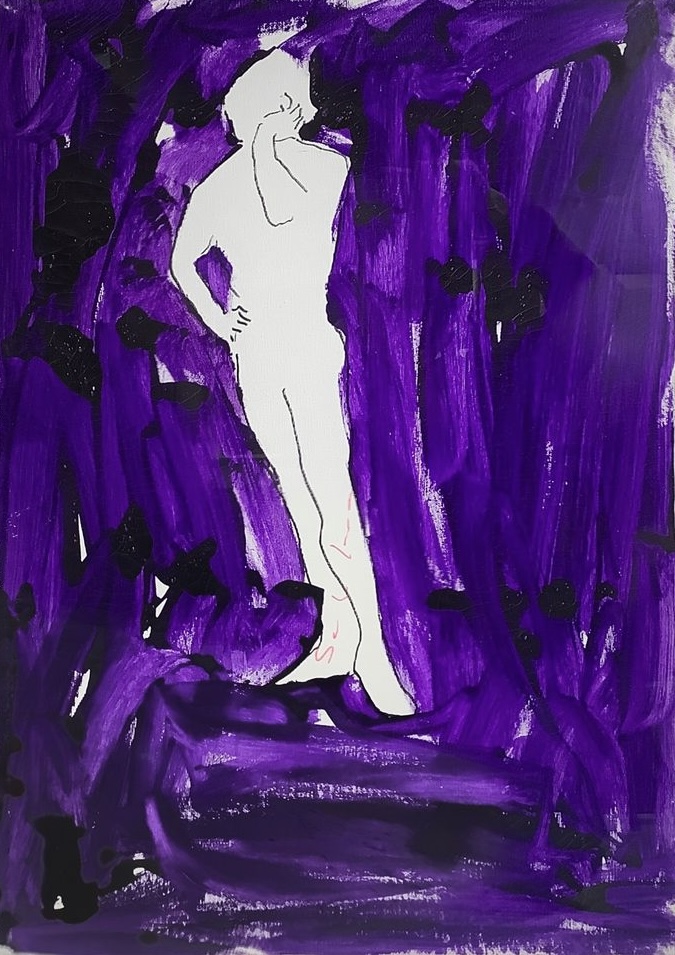In different cultures, the color Purple is associated with royalty, mystery, dream, humility, magic and creativity, as well as melancholy.
The color purple is the result of a fascinating deception that our brain implements every time it sees something that “seems” purple.
To understand this phenomenon, we must start from the light.
What we see is only a small part of the entire electromagnetic spectrum, called the visible spectrum.
This ranges from about 350 to 700 nanometers and includes all the colors of the rainbow: red, orange, yellow, green, blue, indigo and violet.
Each color has its own wavelength: red is the “longest”, violet is the “shortest”.
Our eye perceives colors thanks to three types of cones, light-sensitive cells located in the retina.
These cones are sensitive to long (red), medium (green) and short (blue) wavelengths.
When light hits the cones in a certain combination, our brain interprets it as a certain color.
But here comes the mystery: there is no single wavelength corresponding to purple. Purple is born when our eyes receive signals together from both the red and blue cones, but not from green.
This type of combination does not exist in the linear spectrum of light, because red and blue are opposites.
Our brain, to solve this contradiction, “folds” the spectrum in a circle: it combines red and blue, and “invents” a new visual perception to fill the void between them.
This is how purple is born, a non-spectral color, which does not exist in the physical reality of light, but only as a mental elaboration.
In short, purple is a perfect example of how human perception is a brain construction. Colors are not objective qualities of objects, but subjective interpretations based on how our mind processes visual signals.
Purple isn’t just beautiful: it’s proof that our brain can be incredibly creative.


Only when a caterpillar realizes that it is dying, it becomes a colorful butterfly.
(Chuang Tzu)
My homeland is the whole World.
(Lucius Anneus Seneca)
